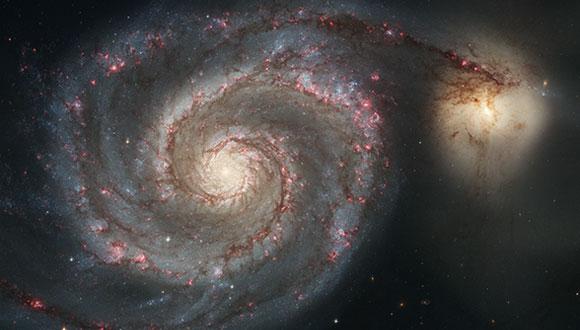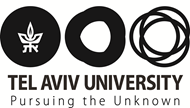Astronomy & Astrophysics Seminar: Cosmic-rays, anti-matter, and an old navy spotlight
Prof. Kfir Blum, Weizmann Institute
Abstract:
Composite cosmic-ray anti-nuclei like anti-deuterium and anti-helium have long been suggested as probes of dark matter annihilation or decay, as their secondary astrophysical production was thought extremely scarce. But how does one actually predict the secondary flux? Astrophysical composite anti-nuclei are produced in pp collisions, and no direct laboratory cross section data exists for this system. We tackle this problem by invoking a general scaling law of nuclear coalescence with the physical volume of the hadronic emission. We show that the same volume is probed by Hanbury Brown-Twiss (HBT) two-particle correlation measurements, and demonstrate that the scaling law applies to systems ranging from central and off-axis AA collisions to pA collisions, spanning some 3 orders of magnitude in coalescence yield. Extending the volume scaling to the pp system, HBT data allows us to make a novel prediction of coalescence. For anti-helium, the resulting cross section is 1-2 orders of magnitude higher than earlier estimates, suggesting that recent claims of anti-helium detection by the AMS02 experiment may indeed be due to the astrophysical secondary source.
Seminar Organizer: Prof. Sara Beck


